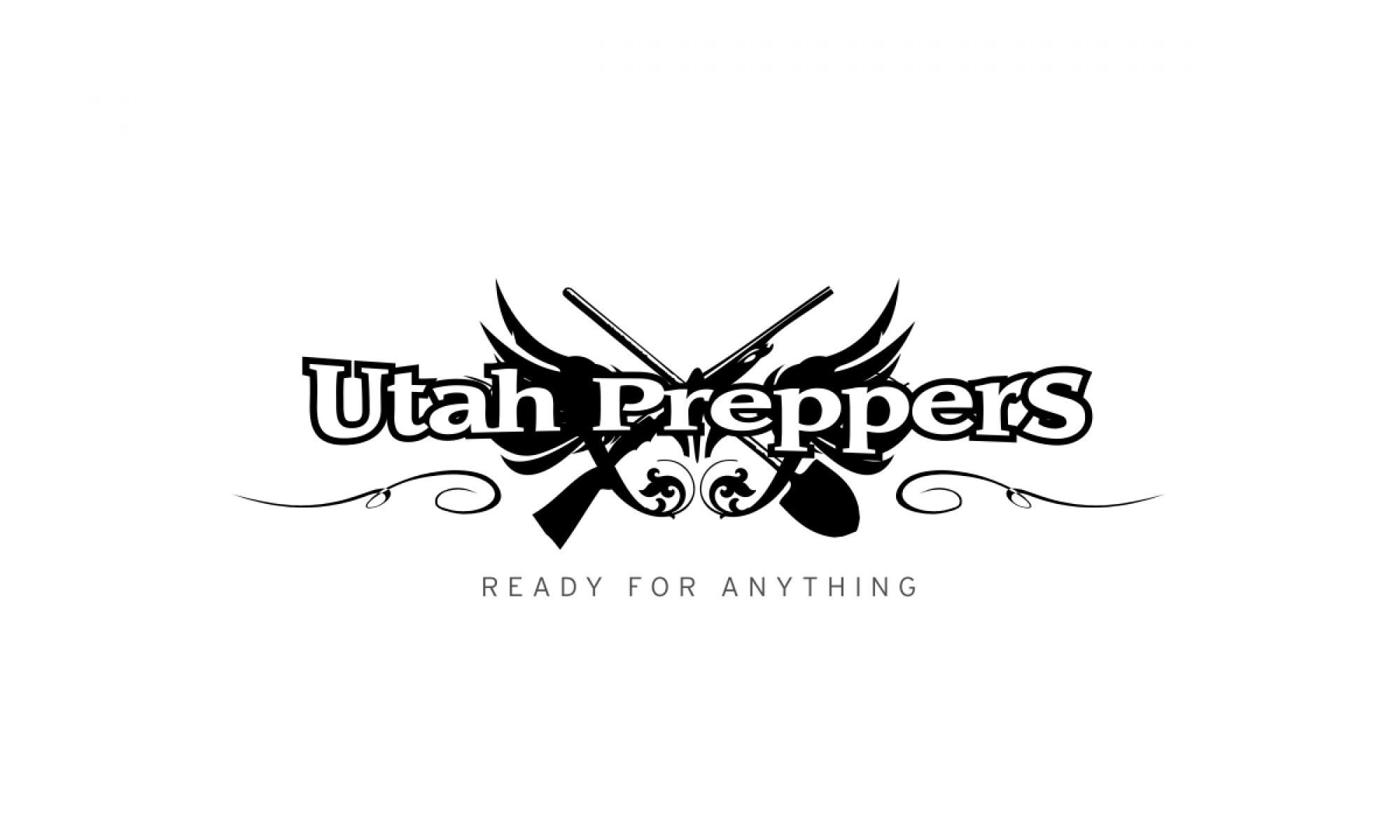Today’s guest post comes to you courtesy of Becky W. who is a freelance writer that loves to write on a number of things such as safety, food, and health. In her spare she loves to try new dishes in the kitchen and maintain a healthy lifestyle.
While nobody anticipates that an emergency is actually going to befall them, these things happen before anybody can begin to plan. There are a few items you can keep around the house that will be of great use to you and your family if you ever experience a wide-scale emergency.
A first aid kit should be at the top of your list of essentials. It is inevitable that somebody will be hurt by a cut, burn or scrape. Your kits should include latex gloves, bandages, gauze pads and antibiotic moist towlettes. You should also have tweezers, saline solution and scissors on hand. If anybody in the family takes prescription medications, have a bottle on hand. Do not forget to include any inhalers, pain medications and antihistamines.
It is also vital to have a well-stocked pantry and emergency supply of food available. Water is essential. It never hurts to have a few cases of water in plastic bottles around the house. You should also keep some drinks with electrolytes in them for their minerals. Canned fruits and vegetables that are ready to eat and have a long shelf life are great. You may even keep some canned meat, like tuna or chicken. Don’t forget to pack some granola, protein bars, peanut butter, dried fruit, nuts, crackers and cereal. If you have an infant, you want to keep some jarred baby food as well. Check expiration dates regularly and be sure to pack a can opener along with paper cups, utensils and plates.
There are a few personal items to keep in a safe place. It is good to have an area stocked with old prescription glasses, a pair of sturdy shoes and sleeping supplies. A sleeping bag that can be used outside is a must. You also want to pack warm clothing and a few books to read. Keep a stock of personal hygiene items, such as menstrual pads and toothpaste, on hand.
Other practical items, such as a sump pump, are great to have on hand in case a pipe bursts. You should also have a self-powered flashlight. There are flashlights you can turn a lever to power, and they are easy to maintain. You can also find a self-powered radio. You should also have a car charger for your phone and other important electronic items. Of course you also need to have a sturdy container to hold all these items.









 FAILURE WARNING: After two weeks two barrels started to collapse due to insufficient support. I plan to add a 2×6 or 2×8 across the middle to increase the surface area supporting the barrels. I was anxious to share this project and should have waited longer to see if my concerns about too little support were legitimate. I will re-post this article once I have a proven design.
FAILURE WARNING: After two weeks two barrels started to collapse due to insufficient support. I plan to add a 2×6 or 2×8 across the middle to increase the surface area supporting the barrels. I was anxious to share this project and should have waited longer to see if my concerns about too little support were legitimate. I will re-post this article once I have a proven design.